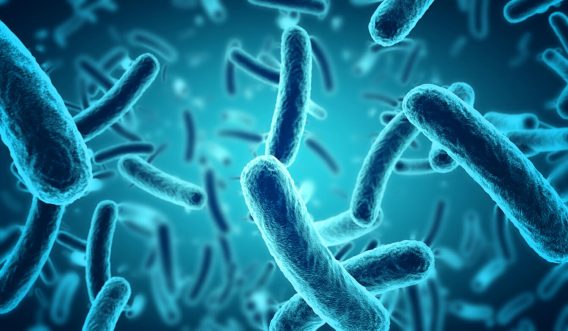Scientists Combat Rising Levels of Forever Chemicals With Bacteria
Editors carefully fact-check all Consumer Notice, LLC content for accuracy and quality.
Consumer Notice, LLC has a stringent fact-checking process. It starts with our strict sourcing guidelines.
We only gather information from credible sources. This includes peer-reviewed medical journals, reputable media outlets, government reports, court records and interviews with qualified experts.

As forever chemical levels reach alarming rates in public water supplies, scientists across the U.S. are working to destroy them in innovative ways.
At Claros Technologies lab in Minneapolis, scientists are becoming experts in locating these microscopic PFAS chemicals to learn how best to destroy them without causing a secondary problem. So far, the lab can analyze 47 of the roughly 15,000 chemicals and eliminate them.
“We became PFAS detection experts so that we could become destruction experts,” John Brockgreitens, Claros Technologies’ vice president of research and development, told CBS News.
On the West Coast, scientists at the University of California, Riverside are harnessing the power of two naturally occurring bacteria that are capable of breaking down the bonds of chlorinated forever chemicals, rendering them harmless.
“What we discovered is that bacteria can do carbon-chlorine bond cleavage first, generating unstable intermediates,” Assistant Professor Yulie Men told UC Riverside news. “And then those unstable intermediates undergo spontaneous defluorination, which is the cleavage of the carbon-fluorine bond.”
Using microorganisms to clean up per- and polyfluoroalkyl substances is still in its infancy, Men said. But the discovery is promising because pollutant-eating microbes are generally less costly and more environmentally friendly compared to chemical treatments.
PFAS Pose Risks to Environment, Human Health
PFAS are synthetic chemicals that are dangerous to human health and can accumulate in the body. They do not break down easily in the environment, which earned them the moniker “forever chemicals.” They are found virtually everywhere, in products from water-repellent clothing to nonstick cookware.
These chemicals are also present in the aqueous film forming foam, or AFFF, used by many firefighters. Research has linked high levels of PFAS exposure to health issues such as cancer and immune system dysfunction.
The U.S. Geological Survey reported in June that nearly half of the American drinking water supply could be contaminated with at least one toxic PFAS chemical. Certain types of fish have also been found to contain high levels of PFAS.
In March, the U.S. Environmental Protection Agency announced National Primary Drinking Water Regulations for six PFAS that would establish legally enforceable contamination levels. Utility companies would be tasked with monitoring and treating water to reduce those PFAS levels, and also be required to notify consumers if levels exceed the proposed regulatory standards. The proposal has not yet taken effect.
The recent scientific endeavors by Claros Technologies and the University of California are providing hope that ridding the environment of these pervasive and dangerous chemicals is possible. The scientists in Minnesota want to scale up their new technology.
“We’re taking a technology that is known and we’re adapting it for a global problem,” Brockgreitens told CBS News. “At Claros we have the tagline: ‘We solve problems without creating new ones.’ If we mess up, people get this in their water, and this is something we take extremely seriously.”
Thousands of Lawsuits Filed Against PFAS Makers
Thousands of PFAS lawsuits have been filed against chemical companies 3M and DuPont. Municipalities seek compensation for clean-up and remediation and individuals are filing personal injury lawsuits.
Conditions associated with PFAS exposure include health effects on growth, learning and behavior in children, effects on the immune system, increased cholesterol levels, interference with hormones, kidney cancer, testicular cancer, thyroid disease and ulcerative colitis, among others.
Consumers can reduce their exposure to PFAS by avoiding grease-resistant packaging, found in items such as microwave popcorn bags; not reheating food in takeout containers or product packaging, and transferring hot items out of takeout containers as quickly as possible.
Using glass, stainless steel, cast iron or ceramic cookware and avoiding products with nonstick coatings can also help prevent PFAS exposure.